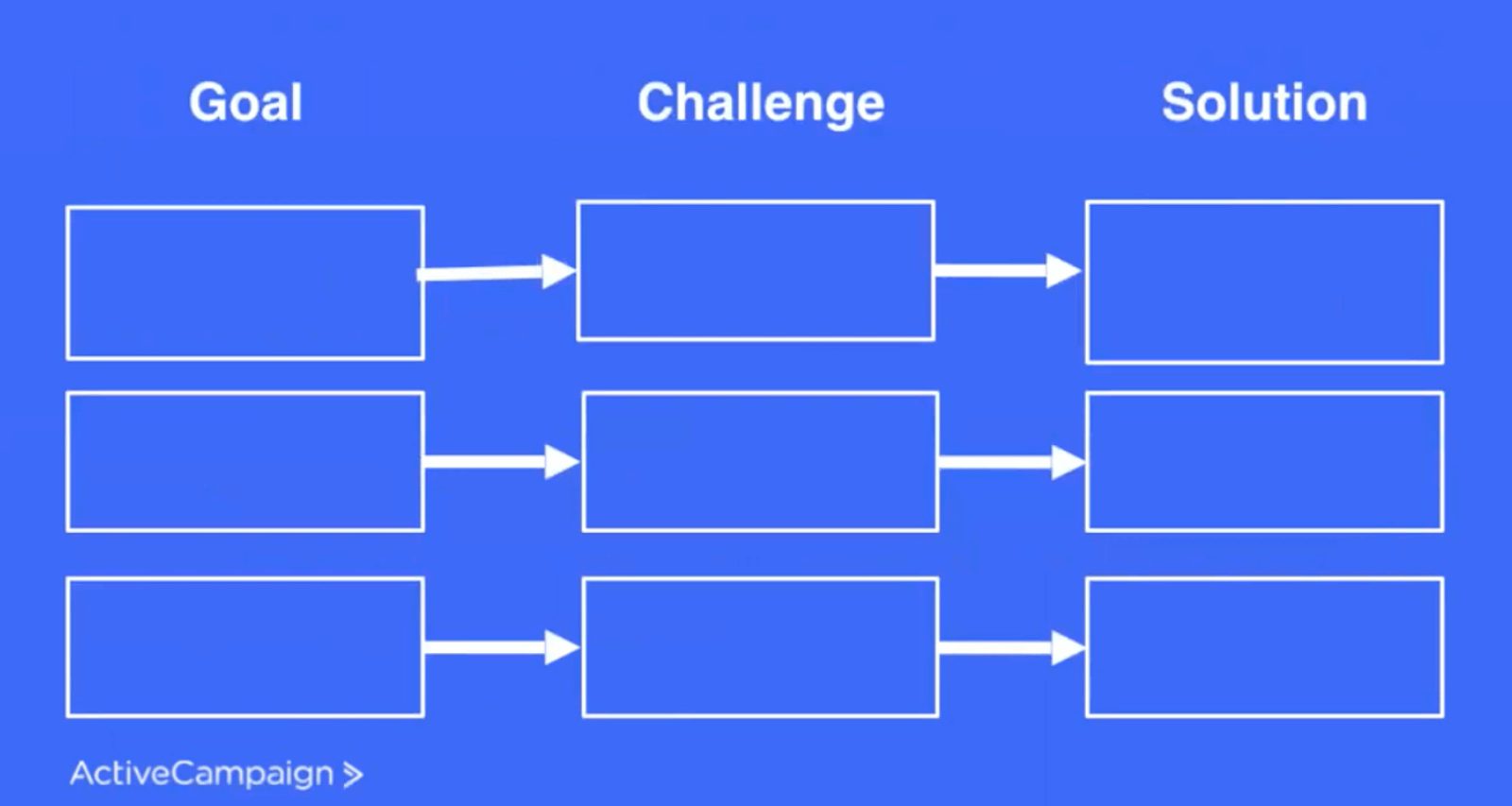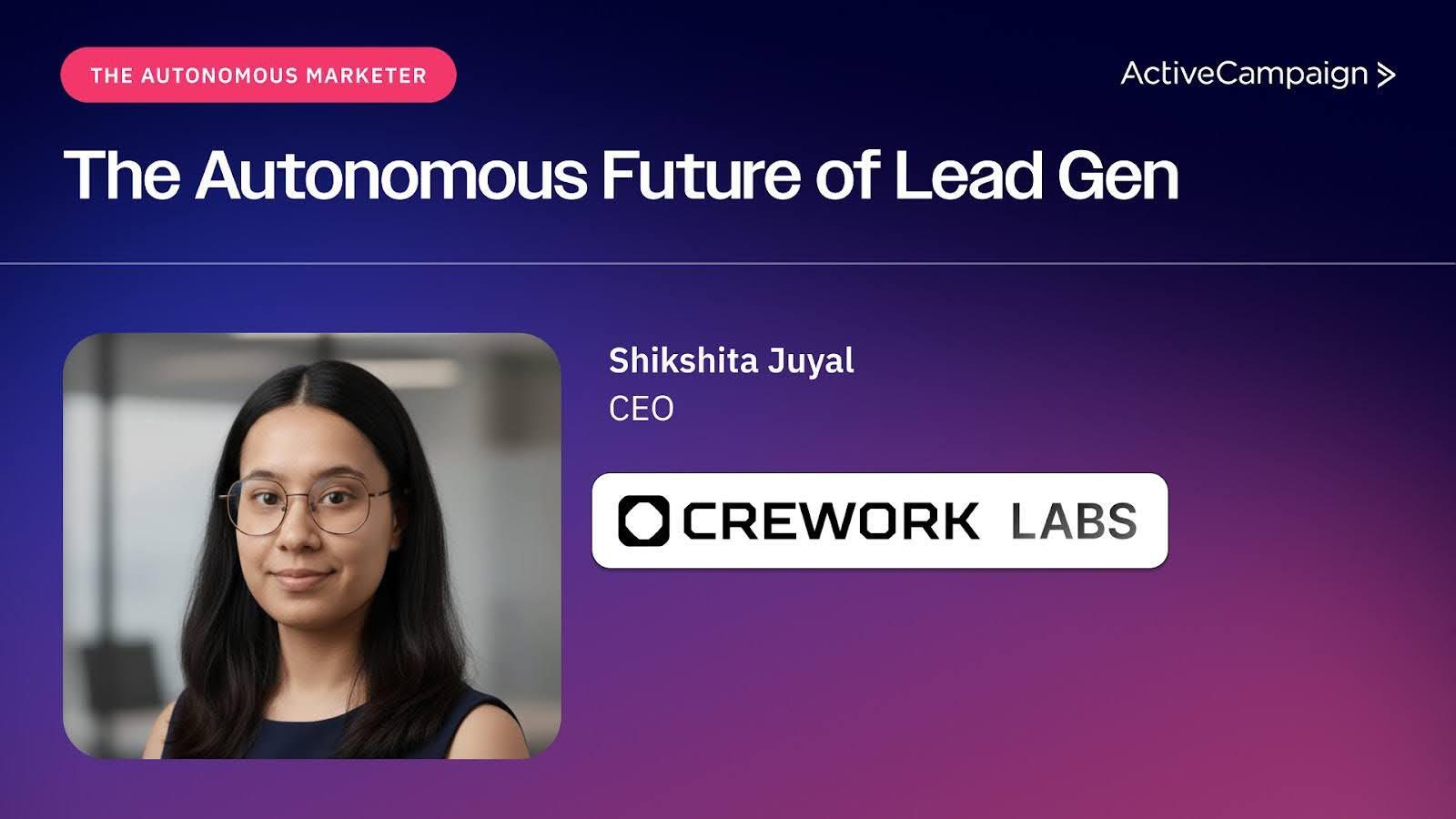If you run an agency, take a moment to think about your experiences.
What are some of the great client relationships you’ve created? What about tough client relationships? Chances are, there's a star client that you love to work with… and then one that makes you think, “I can’t handle these folks anymore! There’s no way I can go on!”
Think about the differences there. What led to those relationships? What were the roadblocks in the way?
Some common causes of difficult client relationships might be:
- Your client is not a decision-maker, which created a scope creep and a misunderstanding of what the partnership should be
- The client doesn't deliver content on time
- The client doesn't pay bills on time
How can you get ahead of these problems?
By building strong client relationships before you begin the sales process.
Keep reading for 6 strategies to build and maintain strong client relationships:
- Put together an ideal client profile
- Document your packages and pricing
- Create a sales playbook
- Set real goals with your client
- Build a plan together — then constantly revisit it
- Master the art of the kickoff call
Strategy #1: Put together an ideal client profile
An ideal client profile helps you figure out which prospects will be a good fit for your agency. There are two considerations for creating an ideal client profile.
First, think about your main point of contact.
- What is their job title?
- What is their tenure at the company?
- Their personality?
- Their goals?
Next, think about their company:
- What industry are they in?
- How many employees do they have?
- What is their annual revenue?
- What is the specific pain point that you can help with?
- What are their goals?
Write your answers down and share them with your sales, onboarding, and implementation teams. This will help you develop your “power statement.”
Power statement
A power statement is one sentence that explains what you do, who you help, and how you do it. It can be used in marketing and sales efforts, like your website. In every client relationship that you have, you should share this power statement.
Your power statement says:
- We work with this specific type of company
- To help them overcome a problem or achieve a goal
- By doing XYZ
It might sound something like this:
“We partner with executives from mid-sized healthcare companies to help them generate more patient visits by implementing a shared plan that involves marketing, sales, and automation.”
Try it now, for free
Strategy #2: Document your packages and pricing
I often talk to agencies that say “I don’t know, this could be a project, or this could be a retainer. This might be an ongoing thing, hopefully…”
“Hopefully” doesn’t cut it.
Get specific. Write down the exact services you give and the pricing structure you follow.
This might include:
- Hourly project model
- Hourly retainer model
- Points-based retainer model
- Value-based retainer model
There are different ways that you can package and price your services, but you need to build out that package before you get on the phone with a prospect. You need to know what you’re selling before the sale begins! This makes it easier to set expectations with your prospect on how you can help them achieve their goals.
Strategy #3: Create a sales playbook
Document your sales process with a sales playbook to help prevent confusion and miscommunication between agencies and clients.
What happens if you need to disqualify a prospect? What if you need to take a step back in the sales process?
A successful sales playbook has these 4 phases:
- The connect phase
- The exploratory phase
- The goal-setting phase
- The closing phase
During each sales call, think through which phase you’re in and how you should move to the next phase (or back to the previous one). When you clearly define each phase, you can better set expectations with your clients about what’s to come.
1. The connect phase
In the connect phase, research good-fit leads, then connect with them briefly to figure out if it’s a mutual fit. Have a quick call — 5 to 15 minutes — to learn a bit more about their goals and pain points. After 15 minutes, you have 2 possible next steps:
- Move the lead into the exploratory phase
- Disqualify the lead
To decide whether or not to move a prospect to the next phase, ask yourself:
- What are the signals that I should move a prospect to the next phase? Do they have a pain point I can help with? Did they show interest when I shared a client success story?
- What are the signals I should not move a prospect forward?
- Am I efficiently setting expectations for the next phase of the sale, or are my prospects often confused or surprised during the exploratory meeting?
2. The exploratory phase
In the exploratory phase, have a more in-depth conversation about your prospect’s needs. Talk about your prospects’:
- Business goals
- Individual goals
- Strategies to achieve those goals
- Roadblocks that might prevent them from achieving those goals
The exploratory meeting should be 45 minutes to an hour long. This is not a sales pitch; have an open discussion that builds trust and proves industry expertise to your prospect.

Frame yourself as a potential partner, not a salesperson.
At the end of the exploratory meeting, you have two options:
- Position your power statement tied directly to your prospect’s pain points — and book your goal-setting conversation for the next phase
- Disqualify the prospect from your pipeline
3. The goal-setting phase
During the goal-setting phase, you’ll meet with your prospect for 45 minutes to an hour to:
- Present how you can help your prospect achieve the goals they described in the exploratory phase
- Ask any questions you may have missed in earlier conversations
By this point, you’ve qualified the prospect as someone you want to work with. Do a gut check here: Are there any red flags or unanswered questions that you should address before signing off on an agreement? If so, should you revisit the exploratory phase and reassess how well you can help your prospect solve their problems?
In this context, a red flag might be:
- A prospect’s company is restructuring or getting acquired
- A prospect’s goals have changed significantly from what you discussed in the exploratory call
If these come up, don’t be afraid to backtrack to the exploratory phase. Have another conversation about your prospects’ goals and how you can help them achieve them.
4. The closing phase
Congratulations! You made it to the closing phase! This part of your sales process includes beginning your official client relationship with a signed agreement to start working together on a specific date.
On this call, you’ll book your kickoff meeting and set expectations for that kickoff. In this phase, ask yourself:
- Which specific tasks do I need to take care of for my client right off the bat?
- What are some hurdles that I’ve encountered when onboarding other clients, and how can I get ahead of those now?
Strategy #4: Set real goals with your client
Let’s back up and really dig into goal setting. When you set goals with your clients, don’t be afraid to challenge them. Get specific about what their goals are and why they matter. Ask why a goal is important to your prospect.
Imagine your prospect says, “I’m a CMO of a B2B services company and I want to generate more brand awareness.”
What does that mean? Why does brand awareness matter to that prospect?
Ask them:
- How do you quantify brand awareness?
- How much revenue does your team need to drive to achieve success this year? Next year?
- What happens if you achieve that goal?
- What happens if you don’t achieve that goal?
These questions can help you understand what motivates your prospects, how they prioritize their goals, and the best way you can help them
Strategy #5: Build a plan together — then constantly revisit it
Put together a mutual plan with your prospect during the exploratory phase. Your plan can follow this simple format:

This simple template can help you keep your clients' goals organized.
A documented plan helps you keep 3 things top-of-mind for your clients:
- Their goal (and why they’re working with us)
- Their current challenge
- The solution to that challenge
Here’s what that might look like:
- Goal: Generate $1 million in additional revenue
- Challenge: We're not generating enough leads or revenue out of our existing client database
- Solution: How your agency can help
Tie your prospects’ challenges directly to how you can help address them. Make sure to plan out specific steps of the solution and assign yourself (and your prospect) deadlines. Having a calendar in place makes it easier to envision your plan — and holds everyone accountable.
Once you have all of the above documented, revisit your plan with your client regularly. Have any of their goals or challenges changed? If so, how should you adjust the plan? This keeps you and your client on the same page.
Strategy #6: Master the art of the kickoff call
Your kickoff call sets the tone for the rest of your relationship with your client. It’s an art and a science — and it definitely takes practice to master. Here are some tips.
Before your kickoff call:
- Get any initial housekeeping items or pre-work out of the way. Have your new client send you any logins you need at least 24 hours before the meeting.
- Invite any other necessary people from both your team and the clients’
During the call:
- Present your mutual plan and confirm goals
- Set any dates on the calendar you’ll need for monthly check-ins, quarterly business reviews, and a call to discuss renewing your contract

Preparing for and executing a great kickoff call sets your client relationship up for success.
Conclusion: How to build strong client relationships
To recap, here are 6 strategies you can use to build (and maintain!) relationship selling:
- Build an ideal client persona document
- Document your services, packages, and pricing
- Create a sales playbook (and account for the good and the bad in the sales process)
- Dig deeper into goal-setting with your client
- Build a mutual plan that you revisit often
- Make your kickoff call a masterpiece
You can implement this plan with existing clients, too. Have an exploratory conversation about the future: What are their priorities for next quarter? Next year?
During your next conversation, dig deeper into their goals and build a mutual plan together. Get those check-in meetings and quarterly business reviews on the calendar. It’s not too late!








